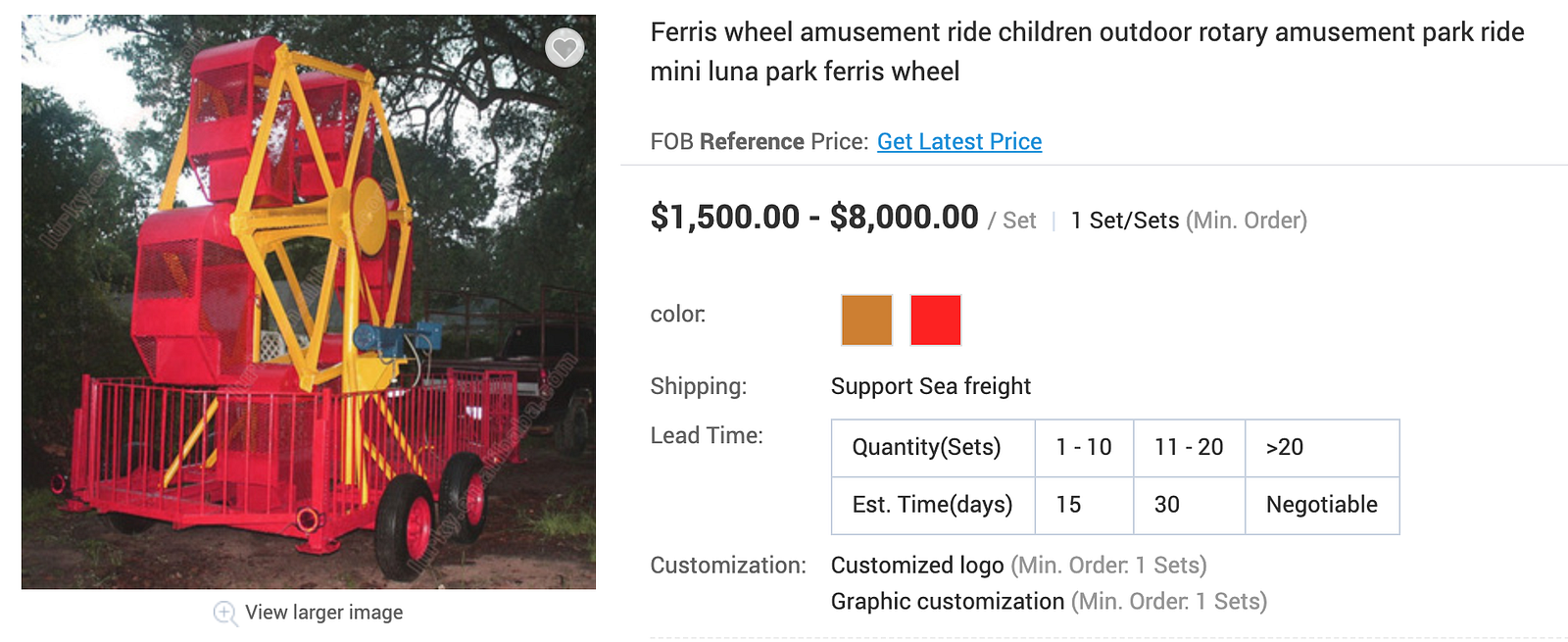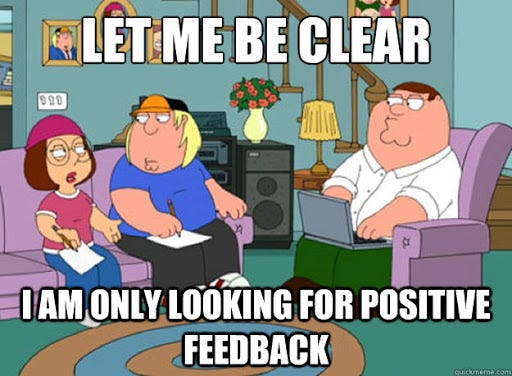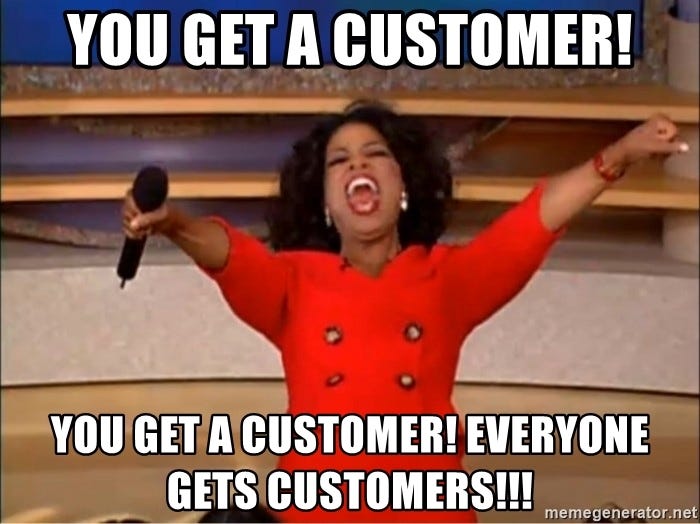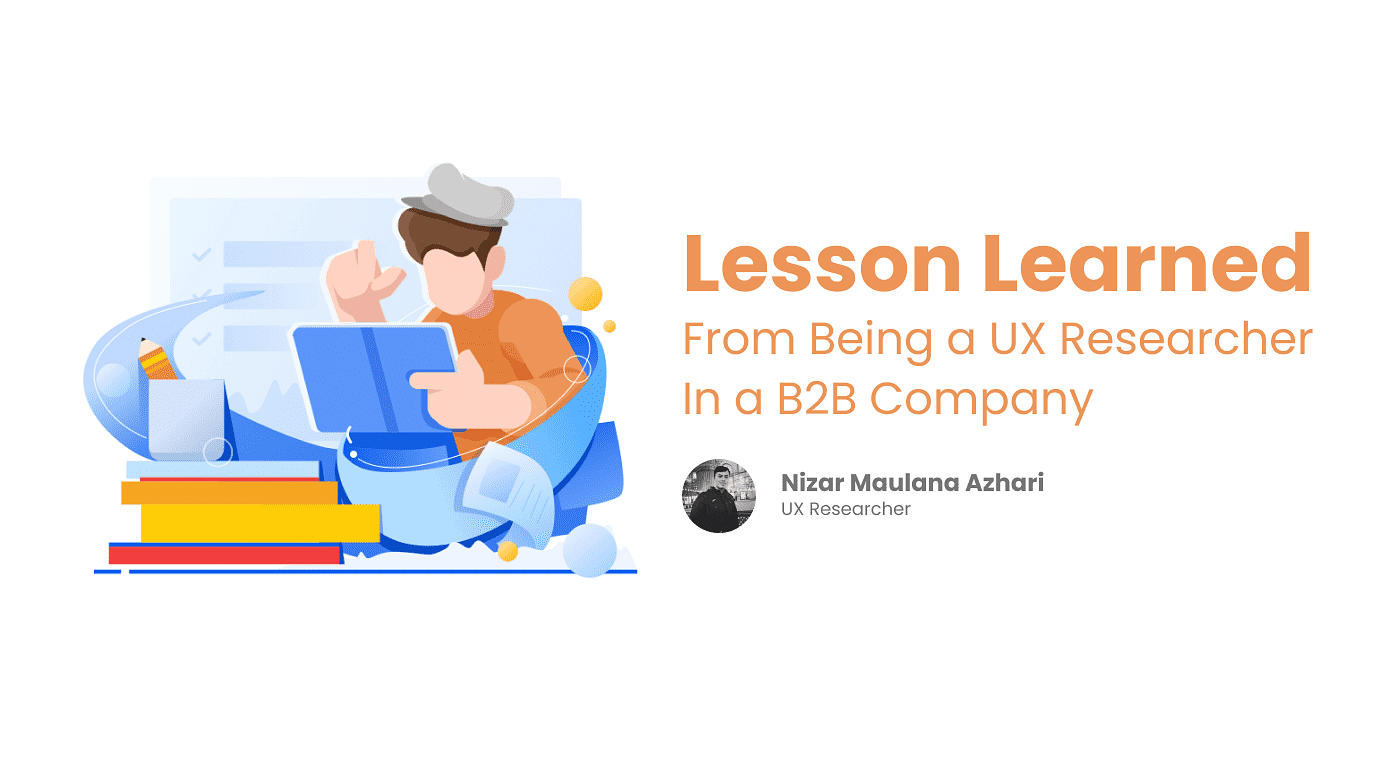Disclaimer: I am just a UX Researcher with 2 years experience and 1 year in B2B company. Maybe you will find something that different on your own perspectives or you may agree with mine. Let’s discuss, shall we?
As someone who have zero experience in any B2B model business, in the first month I found some oddities in here and there. I felt overwhelmed because there are many different perspective that I have to learn. I occasionally compare my company to the C2C or B2C marketplace out there, which is wrong because B2B is unique.
So, in this article I will share what I learned after 1 year become a UX Researcher in the largest B2B Marketplace in Indonesia.
In Some Cases, Rating & Review Are Less Important Than Company Profile
In my probation phase (first 3 months) I always questioning how come rating and review is not something that the user in B2B pay attention to. In my experience during online shopping, I always choose the seller who have a good rating and read the review carefully. I don’t want get scam so I invest my time to pick the right seller. I know, the marketplace right now is trustworthy and I shouldn’t insecure like that.

However, after conduct a user research to our buyer, they admitted that the rating and review is not as important as I think before. They are more concern about the company profile. “Who is the seller, are they legit?”, “Can they provide the quantity that I want every month?”, “Do they have a product certification?”, and some other questions that I didn’t expect before.
I decided to conduct the competitive analysis to Alibaba.com — a leading B2B marketplace in the world to satisfy my curiosity. Guess what? Not only company overview like the attached photo below, but they also have production capacity, R&D capacity, and trade capacity. It is something that you won’t find in the C2C marketplace.

I don’t say that rating & review are not important. But, in the market that are not mature as China, some products don’t get many transactions as the other. For example, how many buyer that buy an “amusement ride children outdoor” in a marketplace? So, when the buyer trying to buy the product, they make a decision based on company profile, not on rating and review.


Letter
Make Sure Who Use Your Product(s)
It is kinda obvious, I know. But, believe me we can tumble down into this pithole anytime. Conduct a user research with wrong user profile is one of the greatest mistake that a researcher must avoid. When we interviewed the wrong respondents, our research report will be useless and the data which we get will be not valid anymore.
I want to confess: I did this sin 🙁. I interviewed the user from our database, which is the one who registered in our apps. However, I found out that the registered user sometimes are not someone who actually use the product. I mean, the business owner is someone who registered in our apps, so they input their personal information like phone number and email. The problem is, they may never use the product because they are too busy running the business and handover the application to their employee. Thus, when we interviewed them about their experience when using our product the answers are like “Oh, the apps are good”, “We don’t have a problem with your products”. At first, the responses are heartwarming because it means our product get a positive feedback from our user. Unfortunately, by doing that we may create a pseudo-happiness and our actionable next plan will misguided us.

From that experience, I learned that becoming a researcher means we must become a skeptical person (in a positive way, of course). Probe every answer and never satisfy with their first response. Can you wondering how mess the research report that I present with the wrong respondent like that?
So, for the researcher out there. This is a message for all of you: never ever do this sin like I did before.
Certainty > Price
Yeah, you read it right. For our user — which is the business owner, they just want a seller who can provide them a certain level of product quantity within a certain period. I will give you an example to make it easier to understand.
PT. ABCDE is a Food and Beverage company who need 100 liters cooking oil, 200 liters rice, 150 kilograms potato, and 100 kilograms cornflour every month for procurement of goods in their company. They need a seller who can deliver them all of the goods above at the end of every month.
There are 2 seller in the Marketplace, which one do you think will be chosen by PT. ABCDE?
- Seller UVW: good price, but couldn’t fulfill the quantity or
- Seller XYZ: high-priced, fulfill all the product quantity
Yup, as a company who rely on the main ingredients, PT. ABCDE is prefer to choose seller XYZ who can fulfill the product quantity rather than choosing seller UVW who offer a good price. It is useless for them when you offer a good price when you couldn’t fulfill their requirements.
This anecdot, again is something that maybe you won’t find in the C2C business model.
Build a Foundation First, Then Scaling Up
I do believe that a premature scaling will make any business become fragile when there is any “shaking”. I mean, before we get too wide about our business we should strengthen the basic foundation first.
In 2019, my company was providing many “business profile” in our products. From automotive, office, until restaurant. We have to please a wide-range of people who have different needs and goals. What we missing out is, we can’t satisfy all of our user and we aren’t ready yet to giving the best for all of our user. Thus, in 2020 we shift into only focus on 2 type of business profile instead of having almost 10 business profile in 2019.
It turns out, we become more focus on providing the best service for our user. Gradually, we rebuild our foundation so when we decided to broaden our customer profile in the future, we are more ready to serve them.

That’s all! Actually there are more lesson learned that I had in this past year. However, I think it is all that I can share to you. Hope this lesson learned beneficial for us.
Thank you!





